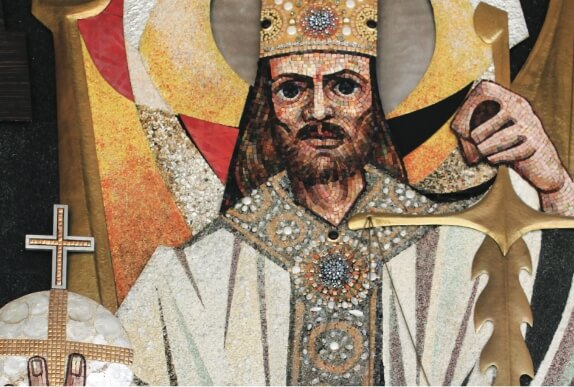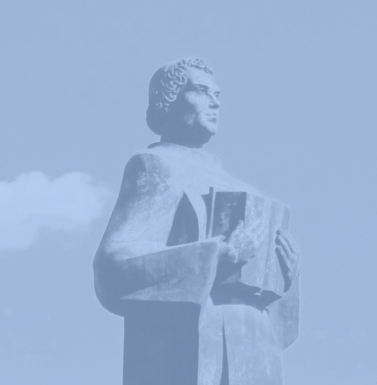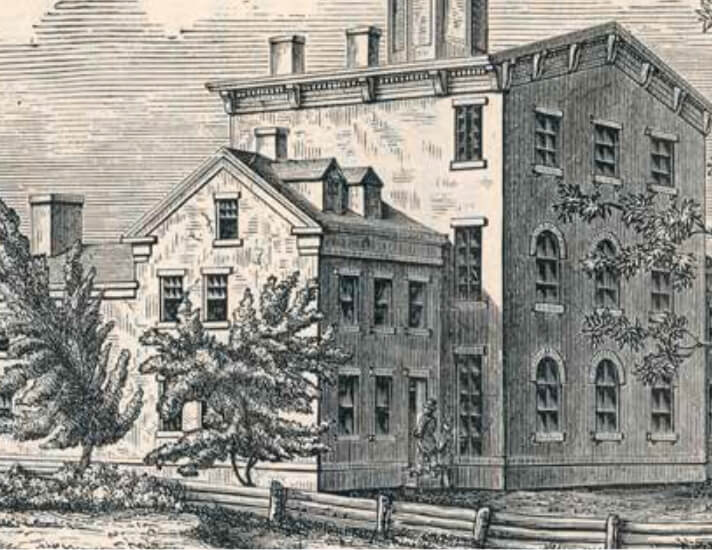
2026 Symposia Series
The 2026 Symposia Series at CTSFW consists of the 41st Annual Symposium on Exege… read more.
Concordia Theological Seminary, Fort Wayne (CTSFW), is an institution of The Lutheran Church—Missouri Synod committed to the Holy Scriptures, the Lutheran Confessions, and the liturgical life of the Church, forming servants in Jesus Christ who teach the faithful, reach the lost, and care for all.
A bold, confident confession. Historic Lutheran worship. Christ-centered community.
Dive into Scripture and the Lutheran Confessions and be prepared for a lifetime of faithful service to Christ and His Church.
Formation at CTSFW is only possible with the generous support of alumni, friends, and donors committed to “building up the body of Christ” and passing on their faith to the next generation. Click the button below to find out how you can help.






CTSFW engages church and world with distinctively Lutheran teaching, practice, and worship. Click the button below to access our daily chapel services, CTSFW publications, and media and video collections.

The 2026 Symposia Series at CTSFW consists of the 41st Annual Symposium on Exege… read more.




The CTSFW community extends beyond our campus and includes friends, supporters, prospective students, alumni, congregations, LCMS entities, and partner church bodies throughout the world. If you’re not already in our contacts, we’d love to add you.